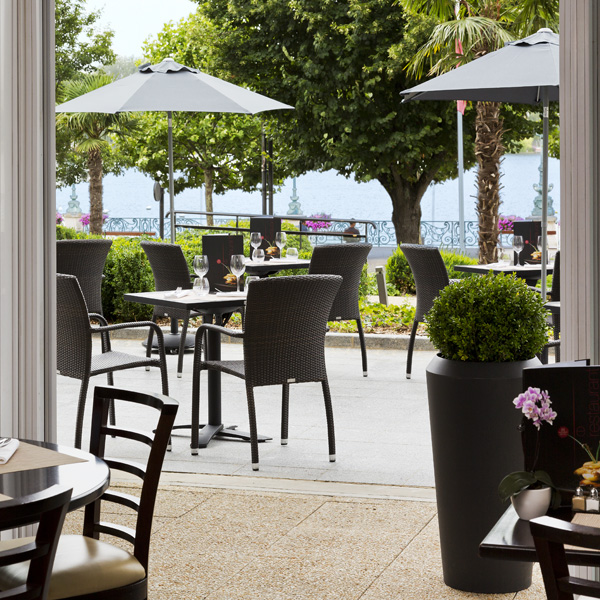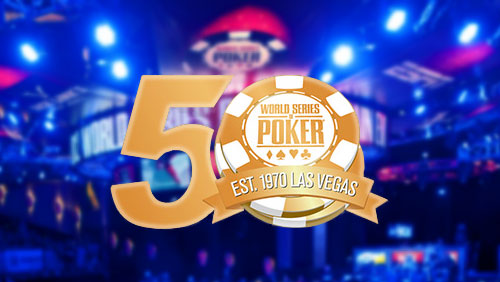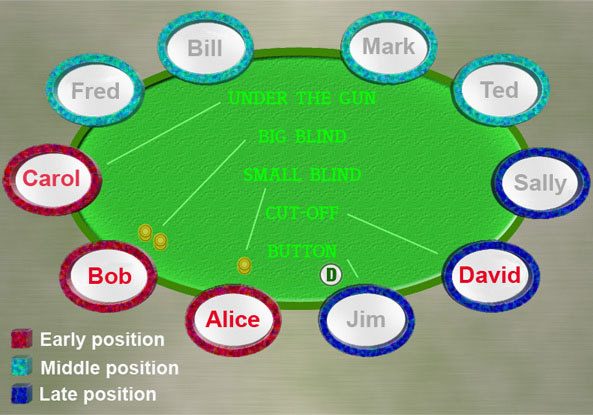Big Blind Ante
- Big Blind Ante in Poker Table of content: What does the term Big Blind ante mean in poker? Benefit of Big Blind Ante; In a bid to improve and speed up the game, more and more poker tournaments these days are experimenting with a new format that fundamentally changes how in Texas Hold'em, antes are posted.
- Big Blind Ante In the later levels of poker tournaments, an ante is introduced to further drive the action besides the incentive to enter the pot formed by the small blind and big blind.
- The 1 player ante has been a very good invention, but there have been many discussions about using the big blind ante or the button ante. The TDA is a big fan of the big blind ante. I’m a big fan of the button ante to be honest, but that doesn’t matter at this moment.
- Big Blind Ante Wsop
- Big Blind Ante
- Big Blind Ante Rule
- Big Blind Ante Heads Up
- Big Blind Ante Tournament
- Big Blind Ante Tournament Strategy
The argument for ‘Ante first’ seems to be that the Big Blind Ante represents the Antes of everybody at the table (It just happens to be this Big Blind’s turn to post them) and the only equity the player has in the hand is the 111 chips for their share of the Antes. If we are to deem the lone 1,000 chip of the player that was posted to be.
The big blind is unique and different from any other position at the table. There are certain things we would do in the big-blind that we would almost never do in any other position.
Loosen Up!

BB Ranges
BB vs BTN 2.5x
- Light Red – Value 3bet
- Dark Red – Bluff 3bet
- Dark Blue – Cold-Call
BB vs CO 3x
BB vs MP 3x
BB vs UTG 3x
BB vs SB 2.5x
The Unique BB Spot
Overcalling/Squeezing
- Light Red – Value Squeeze
- Green – Squeeze OR Overcall
- Dark Blue – Overcall
- Red – Bluff Squeeze assuming both players aren’t calling stations

Big Blind Ante Wsop
Iso-Raising or Checking

Putting it Together
If there is one thing we should take away from this article it’s that we shouldn’t be scared to defend our BB aggressively. The offshoot of this is that we are going to be finding ourselves postflop with weaker hands than we are used to. In order to deal with this we should also invest time in learning how to play postflop when OOP.More Top Recommended Content By Adam Jones
If you enjoyed reading this article, check out other top recommended articles by Adam Jones- UTG Poker Strategy and Guidelines for EP Play
- Bluff-Catching The River
- The Advanced 3-Betting Strategy - Part 1
- Defending Blinds Post-Flop - Part 1

Card Player Magazine, available in print and online, covers poker strategy, poker news, online and casino poker, and poker legislation. Sign up today for a digital subscription to access more than 800 magazine issues and get 26 new issues per year!
Please let me encourage you to reach out to me with article ideas and questions for future columns. You can tweet to me at @FossilMan, or send me a message at info@fossilmanpoker.com.
Big Blind Ante
First starting to rise to prominence in the poker world in early 2018, the big blind ante (BBA) has now become the norm for most poker tours, and many local tournaments, around the world.
If the BBA is somehow new to you, know that it simply means that when it is time for antes, instead of each player posting an individual ante, the player in the big blind posts an ante for the entire table.
For example, in a traditional ante structure, when the blinds are 400-800, it would have been typical for each player to also post an ante of 100. Before the cards are dealt, the dealer collects 100 from each player. In the BBA structure, the size of the ante is typically the same as the amount of the big blind, and is paid only by the big blind. In this case, the big blind would post 800 as the ante, and then another 800 as the big blind.
Soon after I submitted the final draft of my first book, FossilMan’s Winning Tournament Strategies, to D&B Publishing, this trend towards the BBA was beginning to emerge and grow. Before we got to publication, I told them to wait a bit, and drafted a new, additional chapter, focusing on the BBA and how to adjust for it. I want to give you a summary of that chapter now.
The first thing to keep in mind, when you are the big blind, and post both the BBA and the big blind, is that there is nothing different you should do as compared to the traditional ante structure. The fact that the BBA came from your stack does not mean you should defend your blind more often, or with a wider range of hands.
Once money is in the pot, it does not matter where it came from. The reason it is correct to play a wider range of hands from the big blind than from early position is not because the big blind is your money. It is for other reasons, chief among them because you can call a raise for less than other players. If you post the 800 big blind, and somebody raises to 2,000, it costs other players 2,000 to call, but only costs you 1,200.
Another key factor is that frequently you are closing the action when you call a raise. If the player in first position raises to 2,000, somebody in middle position not only has to call 2,000, but must risk a reraise from another player. When action gets to you, you can call and see a flop with no such risk. Neither of these factors takes into account where the chips came from. So, the good news is, you really don’t need to adjust anything at all when playing in a BBA structure.
There is one area where you will want to make some rather large adjustments, however. This happens when you become very short-stacked. With blinds still at 400-800, in a traditional structure, if I were to find myself under-the-gun and only had 1,200 chips, I would still fold my worst hands. In this case, rather than go all-in now with a weak hand, I will fold, knowing I will never fold my next hand, no matter how bad.
Big Blind Ante Rule
In the BBA structure, this would be a huge mistake. If I fold now, next hand I will have to post 400 as the (short) ante, and 800 as the big blind, and I will be all-in at that point. In some rooms, the ante comes first, so I would post 800 as the BBA, and be all-in for 400 in the big blind. In either case, if I win the pot, other players will only lose the amount of chips that are posted for my blind. They won’t have to match the ante I also posted. Even if I were in better shape, and starting the hand with 3,000 chips, once I post 800 as an ante, and another 800 as the big blind, I am probably never going to fold my hand. But again, this means when I win, I only win 2,200 from the losing players, and don’t get matching chips for the 800 I paid as an ante.
Big Blind Ante Heads Up
Because of this, in the BBA structure, if you are severely short-stacked, you should always go all-in at some point before being the big blind. And for any given number of blinds, the minimum hand with which it is correct to go all-in is much weaker in the BBA structure than in a traditional ante structure. If you are under-the-gun with seven big blinds in a traditional ante structure, you should still fold some hands. Yet it will probably be correct to go all-in with any hand in this situation playing the BBA structure.
Big Blind Ante Tournament
Without a doubt, the BBA is here to stay, and will likely become the only structure used for any tournament that has antes. So, learn to enjoy its benefits, and ignore anything about it you don’t like. And learn some new strategies for which hands to shove when short-stacked, and when you should still wait for better. But for the most part, there is no need to adjust your game for this format. ♠
Big Blind Ante Tournament Strategy
Greg Raymer is the 2004 World Series of Poker main event champion, winner of numerous major titles, and has more than $7 million in earnings. He recently authored FossilMan’s Winning Tournament Strategies, available from D&B Publishing, Amazon, and other retailers. He is sponsored by Blue Shark Optics, YouStake, and ShareMyPair. To contact Greg please tweet @FossilMan or visit his website.